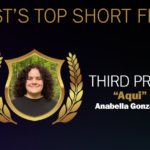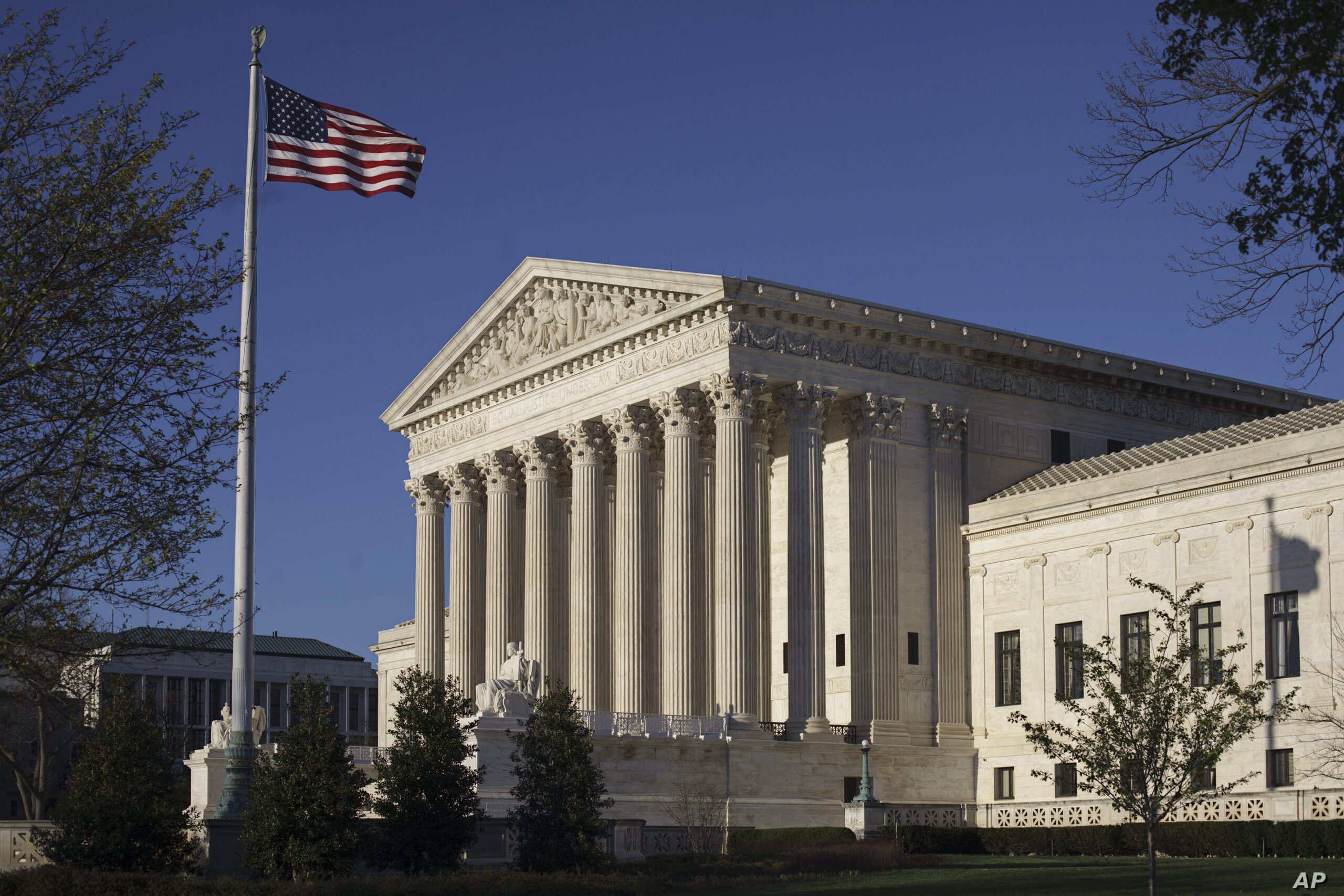On June 29, 2023, the Supreme Court reversed a ruling on Affirmative Action specifically affecting colleges and universities around the country. The term “Affirmative Action” initially traces back to the Civil War Period, but was introduced in modern times by the Kennedy Administration in hopes of broadening equal access to pay and fairness for employees in governmental work settings. President Kennedy issued Executive Order 10925 in 1961, which states “to take affirmative action to ensure that applicants are employed, and that employees are treated during employment, without regard to their race, creed, color or national origin.” This was a major step in combating discrimination in workplaces, although the order targeted government employers specifically, it was a turning point for Americans and public policy.
Since then, Affirmative Action has progressed. Just a few years after the initial 1961 order did President Lyndon B. Johnson add to it by extending the policy in issuing Executive Order 11246 in 1965. This particular policy approach promoted equal employment for all and encouraged the hiring of women and minorities in the workplace. Fast forward to 2003, involving the Supreme Court Case of Grutter v. Bollinger. The court came to a decision that enabled the use of racial quotas in determining admissions for prospective college students. The use of race was now permitted in Affirmative Action in higher education institutions around the United States, which became a controversial decision for those who opposed the ruling. The ruling’s approach intended to admit students based on their race who have historically been discriminated against and underrepresented in higher education. Some states who disagreed with affirmative action disallowed for the use of race at their college institutions, while others took advantage of the ruling and permitted more minority students into their schools.
In the Landmark cases of Students for Fair Admissions v. Harvard, and (Students for Fair Admissions v. University of North Carolina) , both universities were sued due to their Affirmative Action practices in admitting students based on race. The Students for Fair Admissions is a legal advocacy non-profit that opposes affirmative action practices and that advocates for equal rights for students. Tracing back to 2013 – 2014, the non-profit represented Asian Americans in lawsuits that were filed against Harvard alleging denied admissions in favor of others. The case was eventually dismissed by a district court and affirmed (validated) by an appeal’s court in 2020. The Student’s for Fair Admissions would take their case to the United States Supreme Court (highest court in the country) in 2021, and a recent ruling was decided which reversed the previous rulings of the lower courts.
On June 29th, the non-profit was successful in its plea to the Supreme Court in which the court overturned the practice of Affirmative Action based on race in colleges and universities around the country. The court’s decision deemed Affirmative Action unconstitutional and in violation of the Fourteenth Amendment which upholds the Equal Protection Clause, “All persons born or naturalized in the United States, and subject to the jurisdiction thereof, are citizens of the United States and of the State wherein they reside. No State shall make or enforce any law which shall abridge the privileges or immunities of citizens of the United States; nor shall any State deprive any person of life, liberty, or property, without due process of law; nor deny to any person within its jurisdiction the equal protection of the laws,”(Fourteenth Amendment, Section, 1). The ruling has sparked outrage amongst advocacy groups for minorities with many believing underrepresented and disadvantaged groups will be penalized affecting educational access and opportunities. There is speculation the ruling will certainly affect the admissions for brown and black students, offering less chances at attending college. The practice of ‘legacy admissions’ has also come into question in the wake of the affirmative action decision. Legacy admissions give privilege to students who have lineage and family alumni associated within a college. There are certainly advantages in colleges that offer admissions based on alumni status and elite family connections. After the ruling on affirmative action, many are calling for the end to ‘legacy admissions’ as well. Any legal action has yet to be seen on the matter.

Going back to the recent ruling, it came to a 6-3 and 6-2 decision in both cases. Chief Justice Sotomayor (First Hispanic & Latina Supreme Court Justice) disagreed with the decision. In her dissenting opinion she states, “In Brown v. Board of Education, 347 U. S. 483 (1954), the Court recognized the constitutional necessity of racially integrated schools in light of the harm inflicted by segregation and the “importance of education to our democratic society.” She further goes on to say, “This limited use of race has helped equalize educational opportunities for all students of every race and background and has improved racial diversity on college campuses. Although progress has been slow and imperfect, race-conscious college admissions policies have advanced the Constitution’s guarantee of equality and have promoted Brown’s vision of a Nation with more inclusive schools.”
Although Sotomayor was opposed to the ruling, she shed some positivity and ways for schools to continue to push diversity. In her opinion she also stated, “Colleges can consider students who speak multiple languages or could be the first in their family to attend college. Those factors are not ‘interchangeable’ with race,” she wrote.
Conservative Chief Justice Clarence Thomas (who is African-American) voted in favor of the decision and offered an alternative viewpoint and stated in his concurring opinion “The Constitution was amended to abolish slavery and proclaim that all persons born in the United States are citizens, entitled to the privileges or immunities of citizenship and the equal protection of the laws. Amdts. 13, 14. Because of that second founding, “[o]ur Constitution is color-blind, and neither knows nor tolerates classes among citizens.” Plessy v. Ferguson, 163 U. S. 537, 559 (1896) (Harlan, J., dissenting).”
He further states, “This Court’s commitment to that equality principle has ebbed and flowed over time. After forsaking the principle for decades, offering a judicial imprimatur to segregation and ushering in the Jim Crow era, the Court finally corrected course in Brown v. Board of Education, 347 U. S. 483 (1954), announcing that primary schools must either desegregate with all deliberate speed or else close their doors. See also Brown v. Board of Education, 349 U. S. 294 (1955) (Brown II ). It then pulled back in Grutter v. Bollinger, 539 U. S. 306 (2003), permitting universities to discriminate based on race in their admissions process (though only temporarily) in order to achieve alleged “educational benefits of diversity.” Id., at 319. Yet, the Constitution continues to embody a simple truth: Two discriminatory wrongs cannot make a right.”
Chief Justice Roberts stated that students should be handled according to their achievements and experiences, and not based on their race. He goes on to say, “The Harvard and UNC admissions programs cannot be reconciled with the guarantees of the Equal Protection Clause. Both programs lack sufficiently focused and measurable objectives warranting the use of race, unavoidably employ race in a negative manner, involve racial stereotyping, and lack meaningful endpoints. We have never permitted admissions programs to work in that way, and we will not do so today.”
While the law remains controversial on both ends, there are many ways to promote diversity, and education for minorities and underrepresented groups.
Latinitas will be holding a Back-to-School Fundraiser in lieu of the ruling, and hopes to help students receive educational resources with our organization. Please join us for a chance to give back to the community. For those interested in donating, and promoting educational access for minority students, please consider donating at the link below.
Latinitas Back-to-School Fundraiser by Latinitas | BetterUnite
To read the full dissenting and concurring opinions from the court, click here.











